While many people have not heard of the condition known as gynecomastia, it impacts over half of all male-bodied people at some stage of their lives. It occurs when the breast tissue enlarges due to hormones, obesity, or medication. If you’re among those experiencing this condition, plastic surgery can help. The traditional approach to treating gynecomastia is surgery, which is well-practiced and trusted. The condition may not be serious, but it can be difficult for those living with it emotionally and physically.
Common Underlying Causes Of Gynecomastia
There is a range of underlying conditions that can cause gynecomastia to occur in male-bodied individuals. These include:
- Hormonal imbalance – Hypogonadism and hyperthyroidism are both potential causes of this condition. In the former, there isn’t sufficient testosterone produced by the testicles. The latter is caused when the thyroid produces an excess of thyroid hormone. Cushing’s syndrome results from an excess of cortisol in the body that produces weight gain and potential gynecomastia.
- Medication – Antiandrogens, such as those used to treat benign prostatic hyperplasia and prostate cancer, block the effect of testosterone. Estrogen can treat breast cancer in men, reducing the size of the tumors. However, enlarged breasts are a typical response. Antidepressants and antipsychotics can also influence the hormone levels in the body.
In addition, various health conditions can lead to gynecomastia, including liver disease, kidney disease, Klinefelter syndrome, lung cancer, and hormonally active tumors. Recreational drugs ranging from anabolic steroids to alcohol and amphetamines are also often responsible.
How Gynecomastia Is Treated
There are two common approaches for addressing gynecomastia, both aimed at removing the fat or tissue underlying the condition.
- Liposuction – When male-bodied individuals are experienced unwanted enlargement of their breasts, liposuction may be a viable approach. This procedure aims to remove excess fat and breast tissue via a minimally-invasive procedure. A minor incision is made, and a cannula is used to remove the fat and tissue safely. This approach typically only requires local anesthesia, though sedation may be necessary in some cases. This approach is safe and effective and is the approach that is used in the majority of gynecomastia cases.
- Breast Reduction – While this approach has the same end goal as liposuction, it’s a bit more involved. In severe cases of gynecomastia, a direct excision may be used. Liposuction is still part of this procedure, but the overall approach is more direct. When gynecomastia is particularly severe, the nipple and areola may have to be removed and repositioned to accommodate the changes following the procedure. Recovery can take a few weeks, with tenderness and swelling expected in the first week after recovery.
You and your medical team will determine which approach will best for your case. Gynecomastia isn’t generally a health concern, but it can have psychological and sociological impacts on individuals. Start by reaching out to your physician and learning which treatments can best be used to address your concerns. Gynecomastia may be embarrassing, but it’s generally easy to treat successfully, so call your team today!









